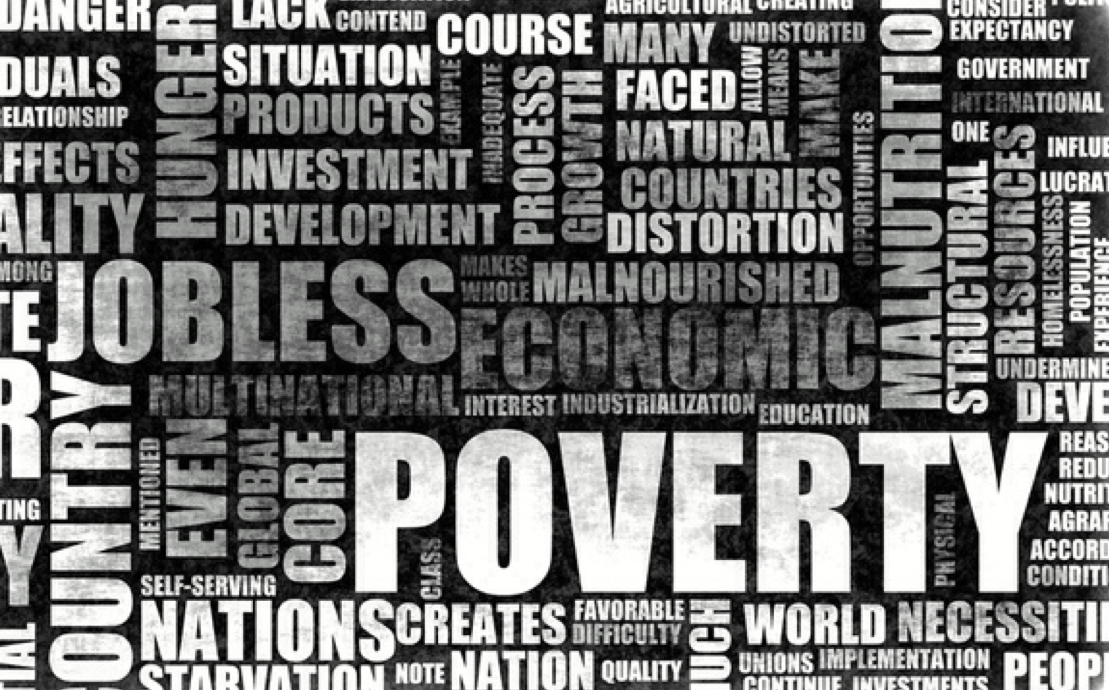"Mama,I can't breathe..."
Black Lives Matter (BLM) is a decentralized social political movement advocating for non-violent civil disobedience against unjust incidents of police brutality as well as other racially motivated violence against the African American communities in the United States. In 2020, the movement arose to the public domain and gained nationwide and international attention, starting with the public’s rage regarding George Floyd’s death. An estimated 15 million to 26 million people, though not all are active members of the original organization, participated in the 2020 Black Lives Matter protests in the United States, making Black Lives Matter one of the significant movements in United States history. The movement advocates to defund the police and fund African American communities along with alternative emergency response models directly.
Black Lives Matter in 2020 may be the largest movement in US history. The George Floyd protests were a series of police brutality protests that began in Minneapolis in the United States on May 26, 2020. Civil unrest and protests began as part of international responses to the death of George Floyd, a 46-year-old African-American man who was killed during an arrest after Derek Chauvin, a Minneapolis Police Department officer, knelt on Floyd's neck for nearly eight minutes as three other officers looked on and prevented passers-by from intervening.Chauvin and the other three officers involved were later arrested. Local protests began in the Minneapolis–Saint Paul metropolitan area of Minnesota before quickly spreading nationwide and to over 2,000 cities and towns in over 60 countries in support of the Black Lives Matter (BLM) movement. Polls in summer 2020 estimated that between 15 million and 26 million people had participated at some point in the demonstrations in the United States, making the protests the largest in U.S. history. Protests continued until early November. (Wikipedia)

